Are you tired of your wheels sitting too close to the body of your car? Are you looking for an easy and budget-friendly way to enhance the look of your vehicle? If so, installing wheel spacers might be the perfect solution for you! Wheel spacers are simple devices that create more space between the wheel and the car body, giving your vehicle a wider stance and a more aggressive look.
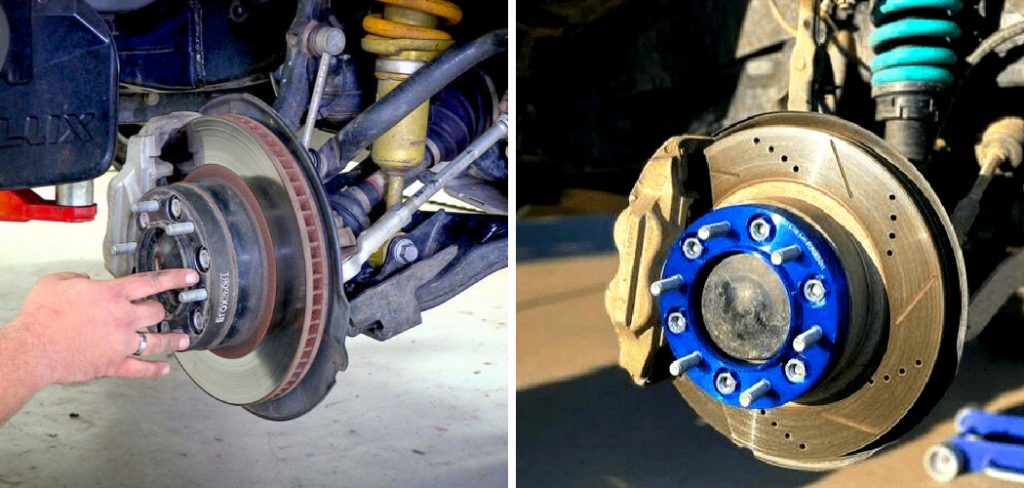
Not only do wheel spacers enhance the appearance of your car, but they also provide several other benefits, such as improved handling, increased stability, and the ability to install larger wheels and tires.
If you’re ready to take your car’s aesthetics and performance to the next level, this blog post will guide you through the process of how to install a wheel spacer step-by-step, ensuring a safe and efficient installation. So, buckle up and get ready to transform your ride into a head-turning machine!
Why May You Want to Install a Wheel Spacer?
1 . To Enhance the Look of Your Vehicle
One of the main reasons car enthusiasts choose to install wheel spacers is to improve the appearance of their vehicles. With just a simple installation, your wheels will sit more flush with the body of your car, giving it a wider stance and an aggressive look that is sure to turn heads.
2 . To Improve Handling and Stability
Wheel spacers widen the track of your vehicle, which can improve handling and stability by increasing the tire contact patch. This means better traction and control over your car, especially when taking corners or driving at high speeds.
3 . To Allow for Larger Wheels and Tires
If you’ve been wanting to upgrade to larger wheels and tires but were limited by the clearance between your wheels and the car body, wheel spacers can provide the necessary space for a perfect fit. This allows you to achieve the desired look and improve performance without having to make any other modifications.
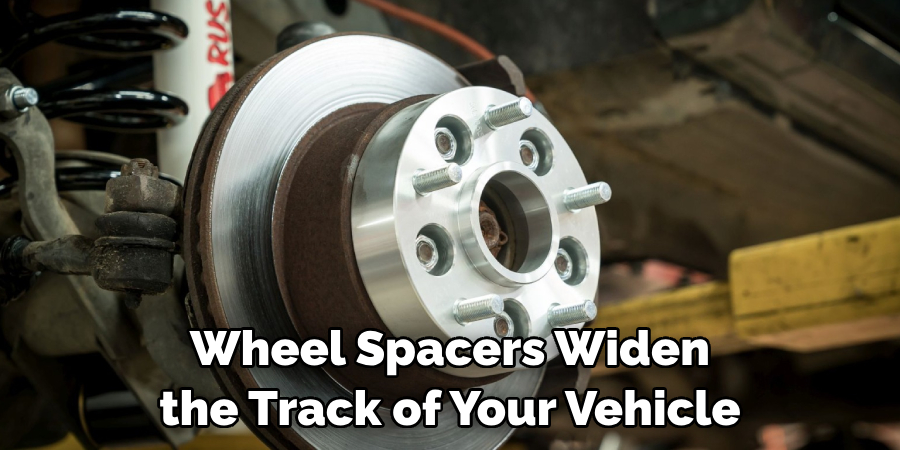
4 . To Correct Offset
In some cases, manufacturers may use a higher offset than necessary in their vehicles, causing the wheels to sit more inward. By installing wheel spacers, you can correct this offset and make your wheels sit in the ideal position for improved aesthetics and performance.
5 . To Solve Brake Clearance Issues
If you’ve upgraded to bigger brakes or installed aftermarket ones, you may run into clearance issues with your wheels. Wheel spacers create more space between the wheel and brake caliper, ensuring proper fitment and avoiding any rubbing or interference.
Step-by-Step Guide: How to Install a Wheel Spacer
Step 1 . Gather the Necessary Tools and Materials
Before you begin, make sure you have all the required tools and materials for installation. This typically includes wheel spacers, lug nuts, a torque wrench, jack stands, and a hydraulic jack. Also, be sure to have your vehicle’s manual handy for any specific instructions or safety precautions.
Step 2. Prepare Your Vehicle
Start by elevating your car with a hydraulic jack and securing it in place with jack stands. This will provide you with enough clearance to work on the wheels safely. It is crucial to ensure that the vehicle is stable before proceeding.
Step 3 . Remove the Wheels
Using a lug wrench, loosen the lug nuts on all four wheels. Once loose, remove the lug nuts and carefully take off each wheel. Place them in a safe location to avoid any damage. Also, make sure to keep track of the lug nuts, as you will need them for reinstallation.
Step 4 . Install the Wheel Spacers
Carefully place a wheel spacer on each of the studs where you removed the wheels. If your vehicle has drum brakes, ensure that the wheel spacers are installed in between the brake drum and wheel hub. Use new lug nuts provided with the wheel spacers to secure them in place. Tighten them as much as possible by hand.
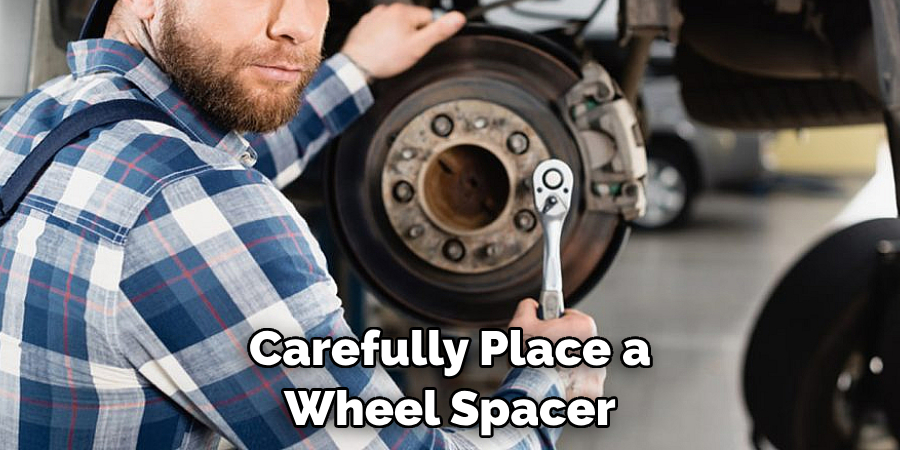
Step 5. Reinstall the Wheels
Carefully put the wheels back on the studs and tighten the lug nuts by hand. Use a torque wrench to evenly tighten each lug nut, following the vehicle’s specific torque specifications found in your manual.
Step 6. Lower Your Vehicle and Check the Wheel Spacers
Remove the jack stands and lower your vehicle using the hydraulic jack. Once on the ground, check to make sure that your wheel spacers are evenly installed and there is no movement or play. If everything looks good, you’re all set!
Additional Tips to Install a Wheel Spacer
1 . Do Not Use Spacers That Are Too Thick
Using spacers that are too thick can cause extra stress on your vehicle’s suspension and potentially damage it. Make sure to use the appropriate size according to your vehicle’s specifications. Also, avoid stacking multiple spacers on top of each other.
2 . Use High-Quality Wheel Spacers
Invest in wheel spacers made from high-quality materials to ensure durability and safety. Cheap or poorly made wheel spacers can lead to accidents or damage your vehicle over time. Also, make sure to purchase spacers specifically designed for your vehicle’s make and model.
3 . Avoid Over-Tightening the Lug Nuts
Over-tightening lug nuts can lead to stripped threads or stud failure. Use a torque wrench to ensure that they are tightened evenly and according to the manufacturer’s recommended specifications. Also, check the torque again after a few hundred miles of driving to ensure they are still secure.
4 . Check for Compatibility with Aftermarket Wheels
If you have aftermarket wheels, make sure that the wheel spacers you plan on using are compatible. Some aftermarket wheels may not work with certain types or sizes of wheel spacers.
5 . Get Professional Help if Unsure
If you are unsure about the installation process or do not have the necessary tools, it is best to seek professional help. Improper installation can lead to safety hazards and damage your vehicle in the long run.
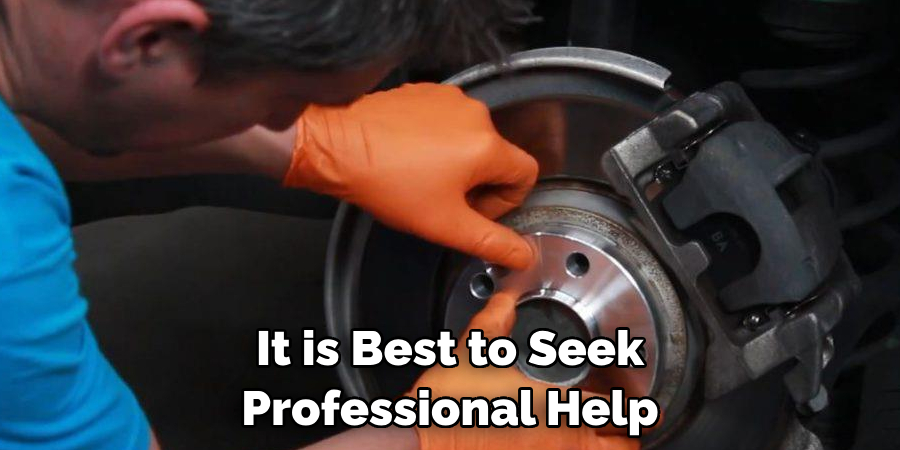
6 . Regularly Check for Wear and Tear
After installing wheel spacers, make sure to regularly check for any wear and tear. Also, keep an eye out for any unusual noises or vibrations while driving, as these could indicate a problem with the spacers.
7 . Do Not Neglect Regular Maintenance
Regularly cleaning and maintaining your wheel spacers is essential to ensure their longevity. Clean them with soap and water and check for any signs of rust or corrosion. If necessary, apply a coat of anti-corrosion spray to protect them.
8 . Consult a Professional for Removal
If you plan on removing your wheel spacers, it is best to consult a professional or follow the manufacturer’s instructions carefully. Improper removal can lead to damage to your vehicle, and it may be challenging to remove them if they have been installed for an extended period.
Overall, installing wheel spacers can be a simple and effective way to improve the look and performance of your vehicle. Just make sure to follow proper installation techniques and regularly check for any wear and tear to ensure safe driving. So, if you’re looking to achieve that perfect fit or solve clearance issues, installing wheel spacers may be just what you need!
Frequently Asked Questions
What Precautions Should I Take When Installing Wheel Spacers?
When installing wheel spacers, make sure to have the necessary tools and materials and follow proper installation techniques. Also, ensure that your vehicle is stable before beginning and double-check for any compatibility issues.
Can I Install Wheel Spacers on My Own?
While it is possible to install wheel spacers on your own, we recommend seeking professional help if you are unsure or do not have the necessary tools. Improper installation can lead to safety hazards and damage your vehicle in the long run.
How Do I Know What Size Wheel Spacers to Use?
The size of wheel spacers you should use depends on your vehicle’s specifications and what you are trying to achieve. It is best to consult a professional or refer to your vehicle’s manual for the appropriate size.
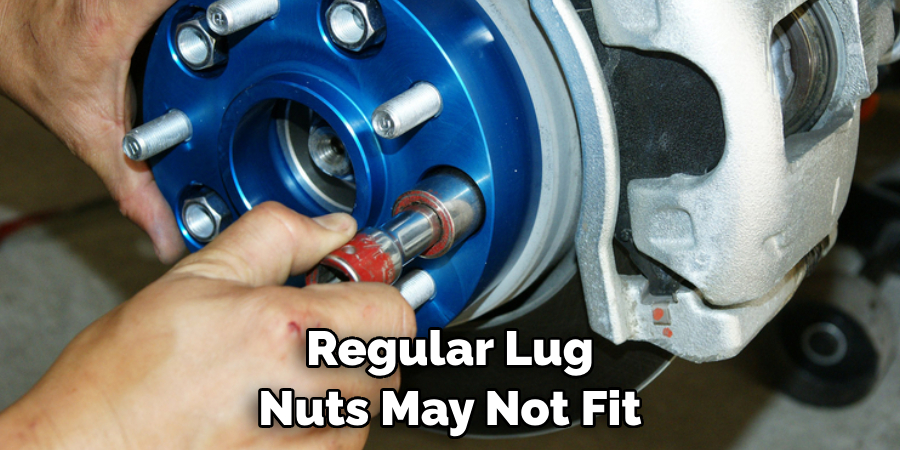
Can I Use Wheel Spacers on Any Vehicle?
No, not all vehicles can use wheel spacers. It is crucial to consult a professional or refer to your vehicle’s manual to ensure compatibility before purchasing and installing wheel spacers.
Do I Need Special Lug Nuts for Wheel Spacers?
Yes, you will need special lug nuts provided with the wheel spacers to properly secure them in place. Regular lug nuts may not fit and can cause damage to both the spacers and your vehicle. Make sure to use the correct size and type of lug nuts as recommended by the manufacturer.
Conclusion
Now you know how to install a wheel spacer and have some additional tips to keep in mind. Remember, proper installation is crucial for safety and durability, so always refer to your vehicle’s manual and seek professional help if needed.
With these steps and tips, you can easily achieve that ideal fitment and improve the aesthetics and performance of your vehicle with wheel spacers. So go ahead and give it a try!

About
JeepFixes Team is a skilled author for Jeep Fixes, bringing 6 years of expertise in crafting a wide range of jeep fixes. With a strong background in jeep fixes work, JeepFixes Team’s knowledge spans various types of fixtures, from decorative pieces to functional hardware, blending precision with creativity. His passion for jeep fixes and design has made him a trusted resource in the industry.
Professional Focus:
Expert in Jeep Fixes : JeepFixes Team aesthetic specializes in creating durable and innovative jeep fixes, offering both appeal and functionality. His work reflects a deep understanding of jeep fixes techniques and materials.
Sustainability Advocate : He is dedicated to using sustainable practices, ensuring that every fixture is crafted with eco-friendly methods while maintaining high-quality standards.
In his writing for jeep fixes, JeepFixes Team provides valuable insights into the latest trends, techniques, and practical advice for those passionate about jeep fixes, whether they are professionals or DIY enthusiasts. His focus on combining artistry with engineering helps others discover the true potential of jeep in design.
